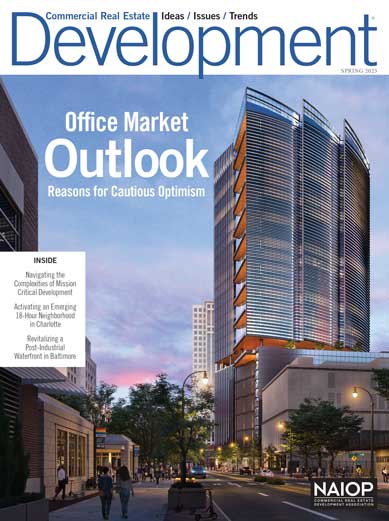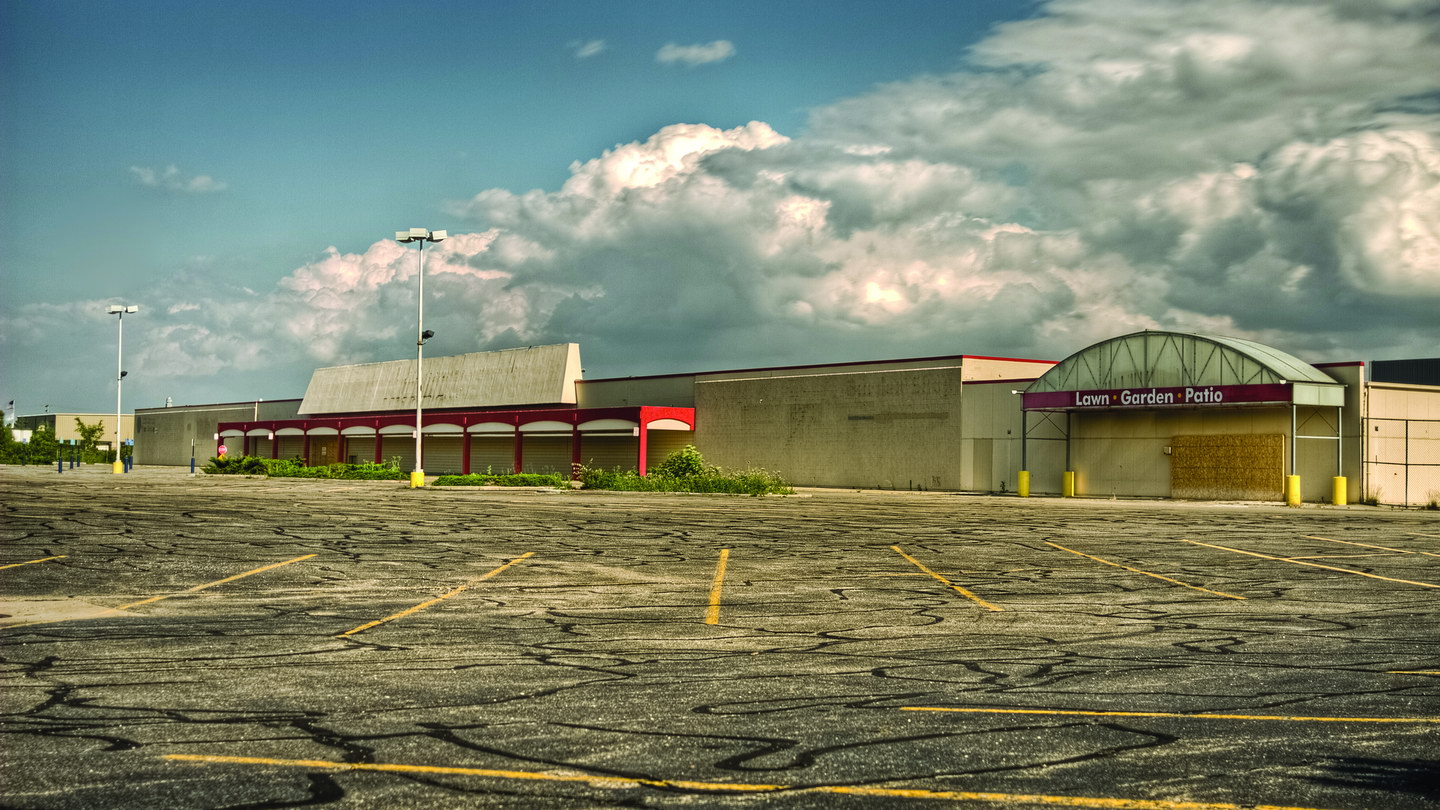This innovative REIT has found success by focusing on the life science, technology and agtech industries while giving back to communities.
Fall 2019 Issue
Building for Resiliency Ensures Physical-and Financial-Security
By: Camille GaldesIt’s not just about constructing properties that can survive disasters; a holistic approach to the built environment also adds value.
Retail-to-Warehouse Conversions Gain Momentum
By: Ron DervenWhen other efforts to resuscitate a dying shopping mall fail, converting the facility to a warehouse or last-mile distribution center is an option to consider.
Port Covington: Building for Baltimore's Future
By: Danielle BenningsA new waterfront development seeks to honor the city’s heritage while spurring innovation.
Must-Read Articles

One Merriweather: Under the Boardwalk

Property Tax Battle Targets CRE

How to Reposition a Building to Meet Changing Expectations

Compare and Contrast: 1031 Exchanges and Opportunity Zones

Despite a Cannabis Boom, Real Estate and Banking Challenges Remain

Coworking Flexes its Muscles
RELATED RESEARCH AND PUBLICATIONS
Office Space Demand Forecast, Fourth Quarter 2025
From Static to Strategic: AI’s Role in Next-Generation Industrial Real Estate
- Report,
- Technology,
- ...
Industrial Space Demand Forecast, Third Quarter 2025
PERSPECTIVES
Chapter Profile: NAIOP Greater Toronto
CEO on Leadership: Tony Panzica, CEO, Panzica Construction Company
From the Editor: Connections, Resiliency, Giving Back
Finding Meaningful Ways to Give Back
Six Students Receive NAIOP Diversity Scholarships
Can We Fix the Interstate Highway System?
ADDITIONAL ARTICLES
New & Noteworthy Projects
An assortment of brief facts and figures about new and noteworthy development projects.
'Furniture as a Service' Brings Flexibility and Creativity to Office Spaces
Co|Lab: A Hands-On Space for Innovative Construction
The Mezzanine Structured Finance Market is Here to Stay
- Finance,
- Financiers,
- ...
Raise the Roof, Boost the Value
Finding Solutions to the Workforce Skills Gap in Construction and Logistics
ARCHIVED ISSUES
View All Archived Issues Summer 2025 Issue
Summer 2025 Issue
Development’s summer 2025 issue explores experiential retail and the brick-and-mortar resurgence. Also featured: a modern warehouse campus in Toronto that honors its manufacturing heritage; a coalition of Oregon real estate organizations working to revitalize downtown Portland; and the creative capital stack strategy behind a mixed-use project in West Baltimore.
 Spring 2025 Issue
Spring 2025 Issue
The spring 2025 issue offers insights about where the office market might be heading over the coming year, explores the complexities of mission critical development, and provides detailed looks at two transformative mixed-use projects: The Bowl at Ballantyne in Charlotte and Baltimore Peninsula in Maryland.
 Winter 2024/2025 Issue
Winter 2024/2025 Issue
Development magazine’s winter issue delves into the evolving uses of artificial intelligence in the commercial real estate industry, from lease management and building operations to portfolio assessment and data analysis.








